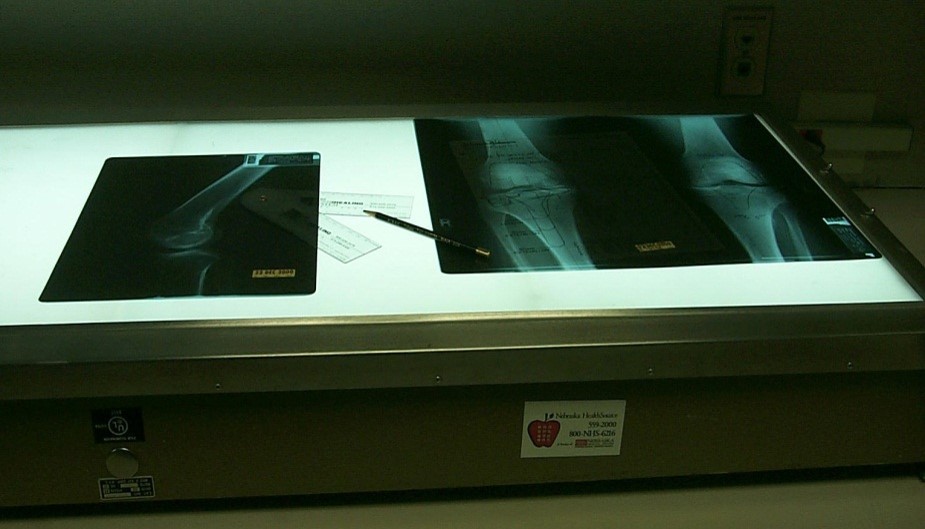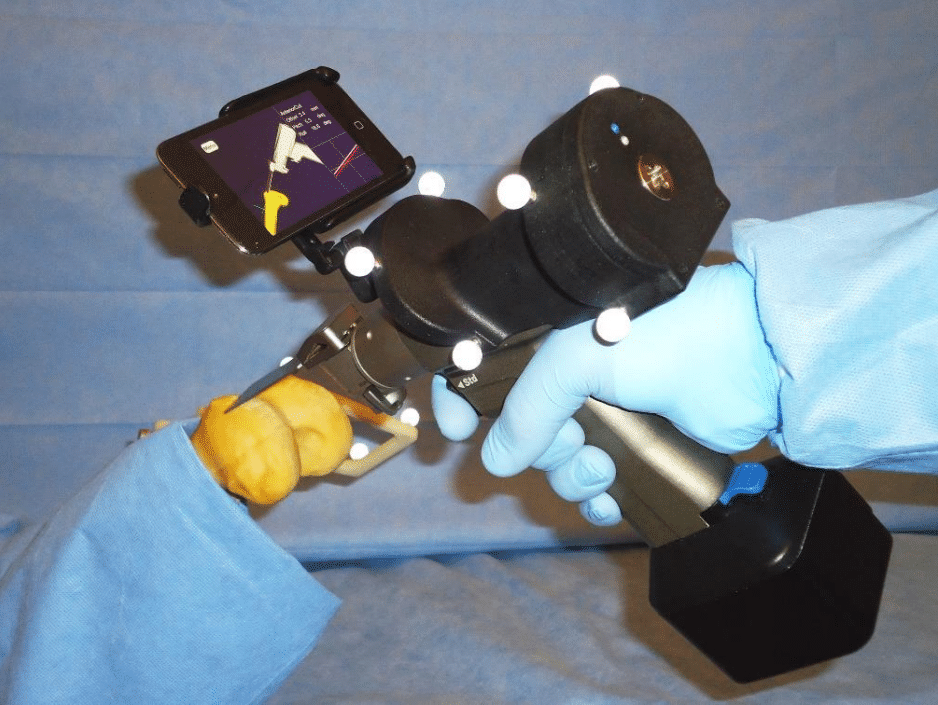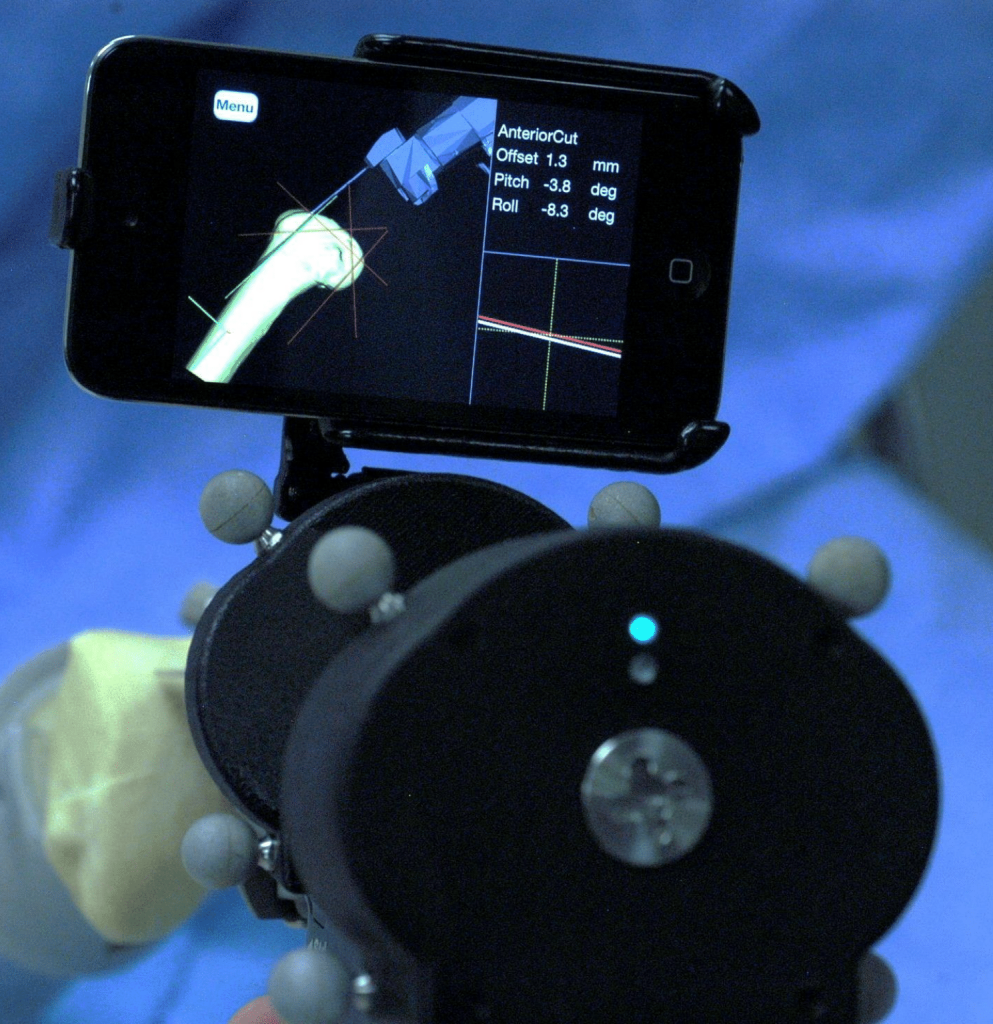From 2011 – 2017
- Hip replacement volume in the US increased by 29.1% annually (Wagner et al. JSES 2020).
- Knee replacement volume in the US increased by 17.8% annually (Wagner et al., JSES 2020).
In 2017…
- 532,110 hip replacements
- 759,924 knee replacements
(Sloan et al., 2018 JOA)
Projected for 2030…
- 635,000 hip replacements
- 1.28 million knee replacements
(Sloan et al., 2018 JOA)
A Growing Market
Current projections predict an increase greater than 500%, in knee and hip arthroplasty surgeries within the next 20 years. This is can be explained by greater life expectancy and patients desire for better pain control as they age. As a result, more people are outliving their joints and/or joint replacements.

A Cumbersome Approach
Typical arthroplasties require instrument trays with countless sterilizable components needed for surgery. For one specific implant model the instrument tray may consist of anywhere between 100-300 different components. These are cumbersome, expensive, invasive, and obstructive. This conventional approach also limits the surgeon from switching between different implant types.

The Patient’s Needs
Conventional jig systems are considered the “gold standard” and yet there is much room for improvement. Conventional jigs systems are invasive and pose a potential infection risk to the patient. Even with extensive training there is still no guarantee of perfect placement of the implant. This is compounded by lack of customizability of current conventional jig systems.
In orthopaedics the fix needs to be easier, faster, cheaper and better.
Easier
Ease of use is crucial as the training for joint arthroplasty is already extensive and difficult to master. New technologies that streamline surgery have an increased probability of being adopted.
Cheaper
The Centers for Medicare and Medicaid Services have lowered the reimbursement for hip and knee arthroplasties. This places surgeons and hospital systems under pressure become more efficient to maintain access to care for patients with Medicare or Medicaid. Any new technology must help to reduce costs to account for this discrepancy.
Faster
Efficiency must be improved as these surgeries can take anywhere from 1.5 – 2 hours, limiting the number of arthroplasties performed in a day to approximately 2 – 6. Any integration of technology that slows this down means major economic losses.
Better
Any new surgical technologies must produce better, higher quality, or equal outcomes for the patient.
Surgeons have begun to use robotics to improve outcomes and decrease overhead costs.
But the current robotic systems on the market have fallen short…
- Longer OR times
- More invasive/increased blood loss
- Higher costs
- Large OR footprint

Our technology addresses each of these four conditions
Keeping the control in the surgeon’s hands with the same tools they are accustomed to allows for easy integration and reduces the learning curve.
Studies have shown our technology reduces bone resection time by 25-35% (Haider, et al., 2007). This helps increase the overall efficiency of the operating room and the productivity of the surgeon.
Our technology helps to eliminate the steep overhead costs of instrument trays as well as reduce the cost and time needed for sterilization and processing. Furthermore, it can be installed for a fraction of the cost of our competitors with equal if not better functionality.
Our technology includes a patient specific surgical plan based off a 3D model from their CT allowing the surgeon to map out surgical cuts beforehand.
Breakthrough technology
Our Freehand Guided Surgical System revolutionizes the world of orthopaedics and arthroplasty. This technology is the first of its kind to offer jig free, computer assisted navigation integrated into the same powered instruments surgeons use and love.


Sleek design
Real time 3D guidance with graphical and tactile feedback allows the surgeon to experience navigated freehand bone cutting with the powered instruments they are used to. Eliminating the need for conventional jigs and bulky robotic systems, our technology rests solely atop the wireless bone saw.
Versatile
Our technology goes beyond the boundaries of a single implant type. This versatility offers new surgeons the opportunity to perform with a number of different implant types. It offers hospitals the opportunity to reduce the costs of switching between implant types without the large overhead of conventional instrumentation. It also lends itself to rural practicing surgeons performing a smaller total volume of TKAs yearly as this offers them the confidence of a precision placement regardless of implant type.

